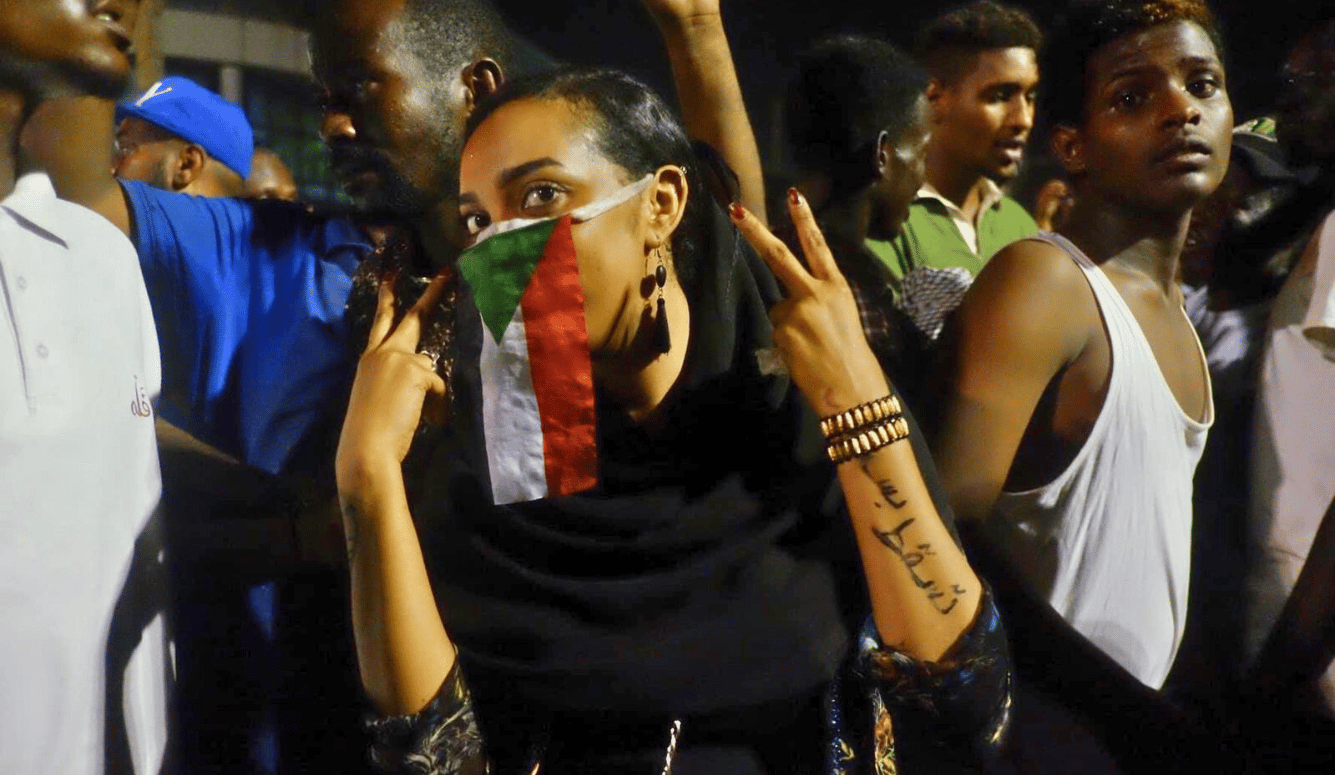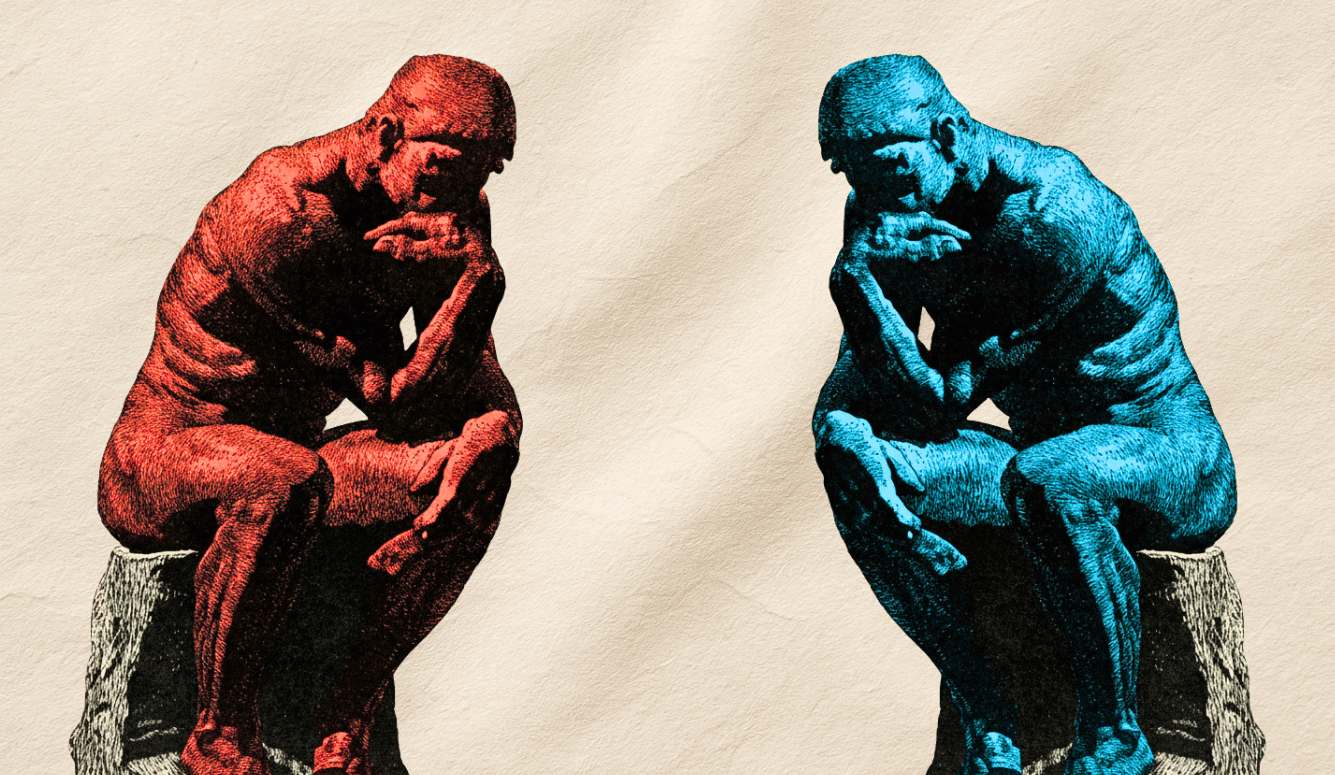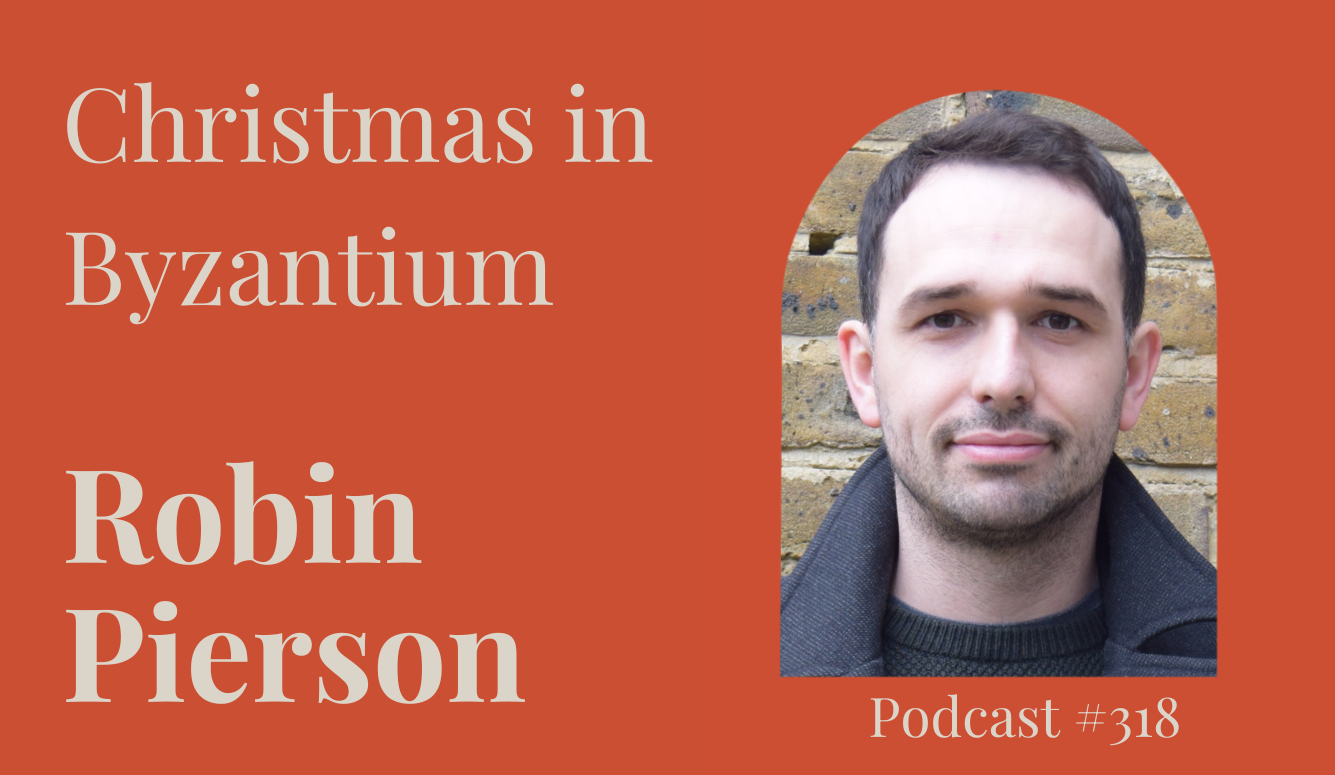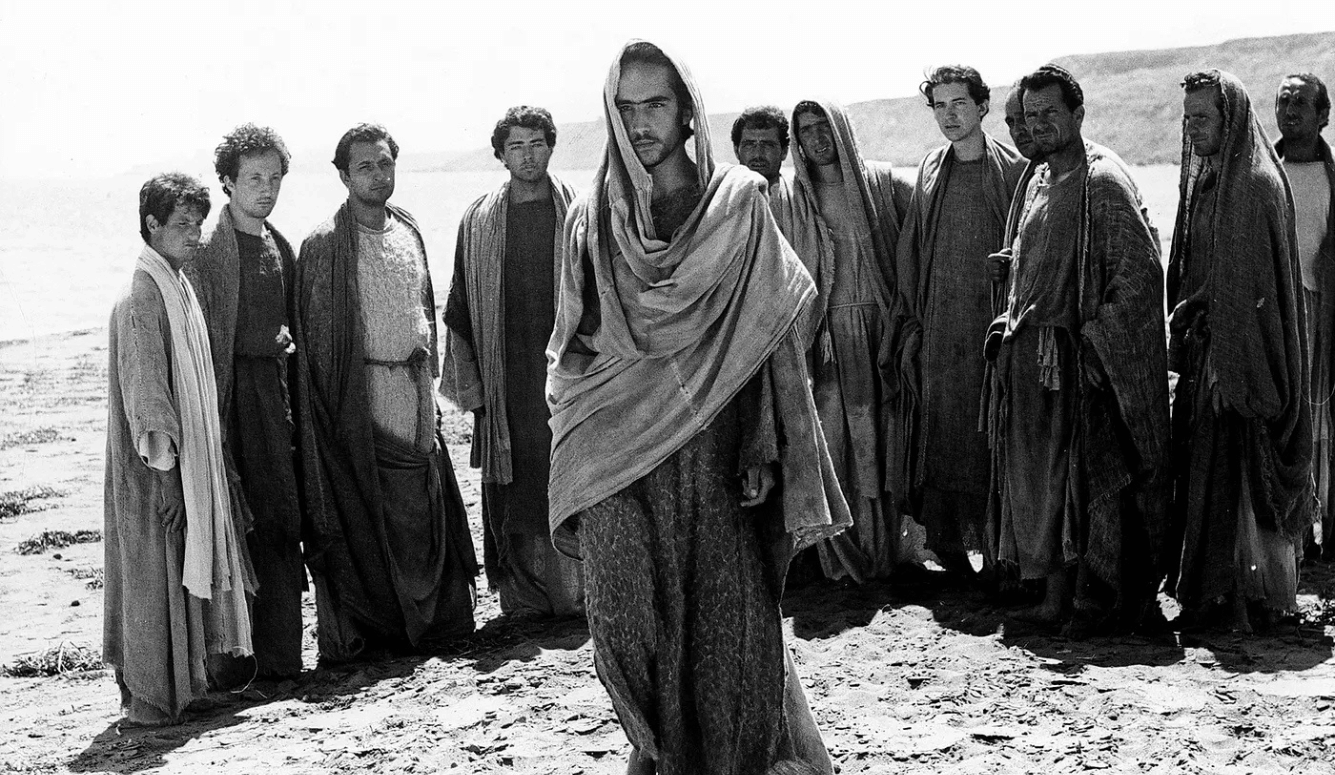Art and Culture
The Great Unfinished Generational Epic
George R.R. Martin, the Strauss-Howe theory of history, and the failure of the Baby Boomers.
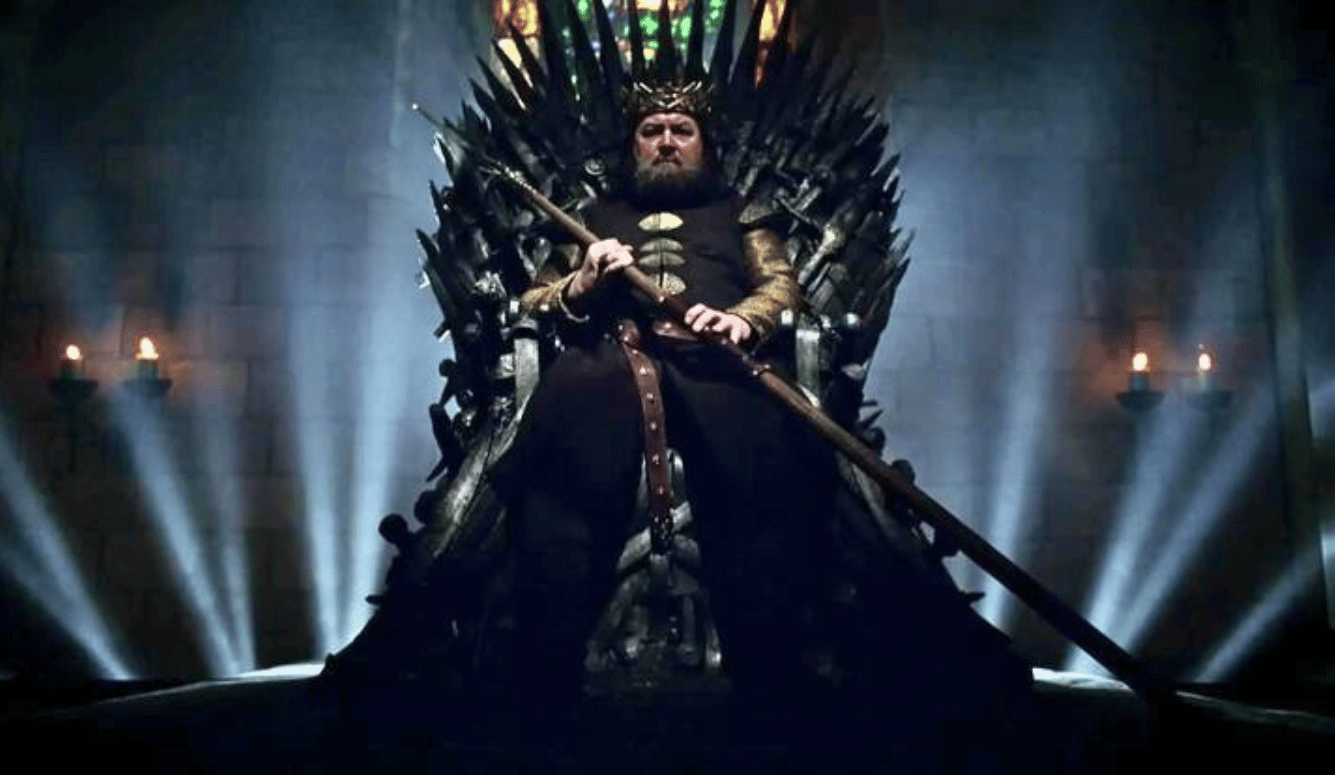
I.
In 1996, George R.R. Martin—then an obscure television screenwriter and mostly retired author of science-fiction short stories—published A Game of Thrones, the first book in what was intended to be an epic fantasy trilogy, A Song of Ice and Fire. The story, which takes place in a fantasy world where seasons vary unpredictably, centres on the noble House Stark, whose motto is Winter Is Coming. The following year, author and theatre director William Strauss and historian Neil Howe published The Fourth Turning: An American Prophecy, in which they argue that history is defined by an eighty-year cycle known as a saeculum. “History is seasonal,” they write on page six, “and winter is coming.”
It is highly unlikely that Strauss and Howe cribbed that particular formulation from George R.R. Martin, whose book was published only months before theirs, and whose work remained largely unknown to the general public at the time, outside of speculative-fiction circles. What is likelier, and somewhat eerier, is that Strauss and Howe came up with the phrase independently of Martin, the historians reaching the same conclusion as the novelist, in the same words, after arriving at it by different routes, a confluence perhaps revelatory of something bubbling within the collective unconscious of 1990s American society.
A Song of Ice and Fire did not remain obscure for long. Martin published two additional books in the series over the next four years, each one to growing public acclaim. By this point, the series had grown in the telling: Martin was no longer planning a trilogy, but five books, then six, then seven. And after 2000, his pace slowed drastically. It took him five years to finish the fourth book, and six years after that to finish the fifth, which was published in 2011.
That same year saw the debut of Game of Thrones, an HBO series directed by David Benioff and D.B. Weiss based on Martin’s books. Eight seasons were released over the course of the next nine years, and Game of Thrones grew into one of the biggest pop-culture phenomena of the 2010s. Martin was skyrocketed to global fame, and quickly became a creative juggernaut, spoken about in the same breath as George Lucas or J.K. Rowling. In a review for Time, he was described as “the American Tolkien.”
Then the problems began to mount. Halfway through its run, Game of Thrones ran out of material to adapt from the still-unfinished book series, and the show-runners were forced to produce their own material, partly based on Martin’s outline. There was an immediate and precipitous drop in quality, and the final season of the show, which aired in 2019, was almost universally loathed by critics and fans alike.
The novels, meanwhile, remain unfinished. George R.R. Martin has not published a new instalment of the series since 2011. For the past 14 years, he has been plugging away on the promised sixth book, The Winds of Winter, but updates on his progress are sporadic and cranky, and he is juggling several other projects, including spinoffs of the main series. It seems increasingly likely that Martin, now 76 years old, will never finish The Winds of Winter, let alone his planned seventh and final book, A Dream of Spring.
All this has caused some consternation. In 2009, when fans had been waiting for a measly four years for Martin to finish the fifth book in the series, fellow fantasy author Neil Gaiman scolded impatient fans by telling them that “George R.R. Martin is not your bitch.” To be sure, no one has the prerogative to tell content creators what to do with their intellectual property—although it is somewhat ironic that Gaiman and Martin, both men of the political Left, start to sound like Ayn Rand when it comes to their work. Martin would be well within his rights to retire his keyboard and never write another word. Those disappointed by the likely non-ending to A Song of Ice and Fire can sate themselves on the countless other great books published over the centuries, with which one could occupy oneself for more than a lifetime.
Yet the lack of a satisfactory conclusion to the series is a keenly felt loss at this fraught moment in our social evolution, in large part because Martin’s series tapped into something of great relevance to the current zeitgeist. This is what gave his series broad appeal beyond the typical core fanbase of speculative fiction, and made it so perfectly suited to the cultural moment of the 2010s. History is cyclical, and winter is coming, and George R.R. Martin had a powerful and immensely valuable message to deliver—one which, at this point, will likely remain forever undelivered, or which will arrive too late to make a difference.
